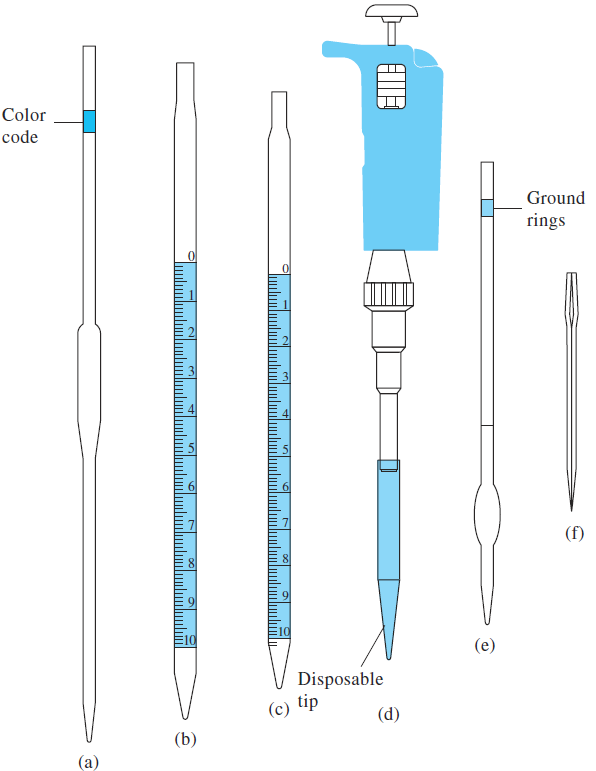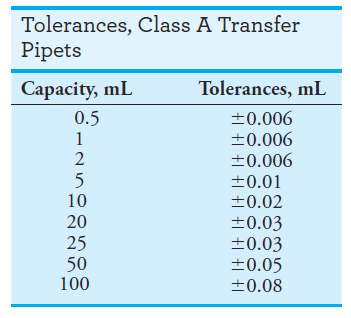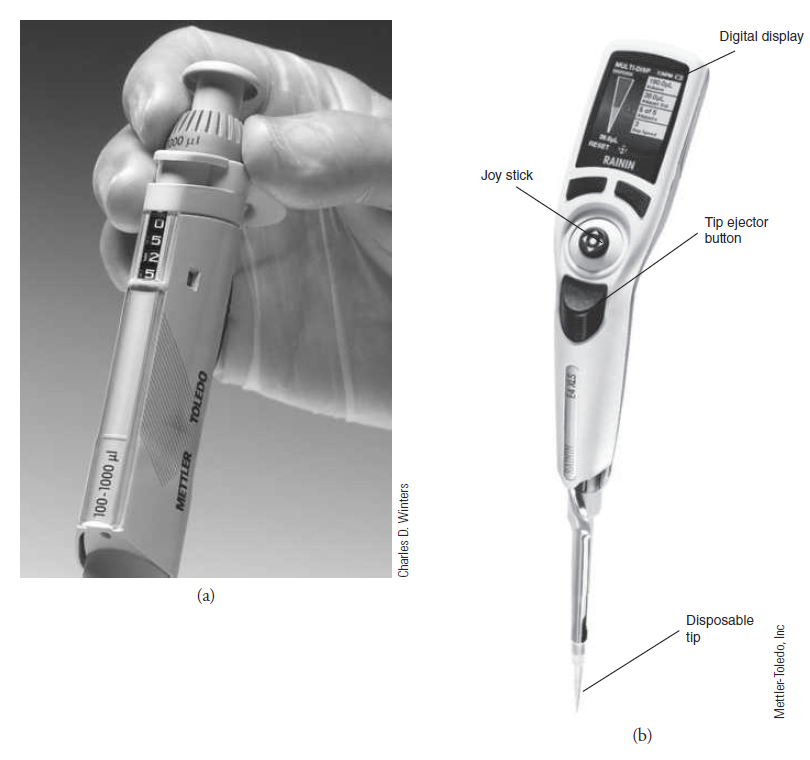

علم الكيمياء

تاريخ الكيمياء والعلماء المشاهير

التحاضير والتجارب الكيميائية

المخاطر والوقاية في الكيمياء

اخرى

مقالات متنوعة في علم الكيمياء

كيمياء عامة


الكيمياء التحليلية

مواضيع عامة في الكيمياء التحليلية

التحليل النوعي والكمي

التحليل الآلي (الطيفي)

طرق الفصل والتنقية


الكيمياء الحياتية

مواضيع عامة في الكيمياء الحياتية

الكاربوهيدرات

الاحماض الامينية والبروتينات

الانزيمات

الدهون

الاحماض النووية

الفيتامينات والمرافقات الانزيمية

الهرمونات


الكيمياء العضوية

مواضيع عامة في الكيمياء العضوية

الهايدروكاربونات

المركبات الوسطية وميكانيكيات التفاعلات العضوية

التشخيص العضوي

تجارب وتفاعلات في الكيمياء العضوية


الكيمياء الفيزيائية

مواضيع عامة في الكيمياء الفيزيائية

الكيمياء الحرارية

حركية التفاعلات الكيميائية

الكيمياء الكهربائية


الكيمياء اللاعضوية

مواضيع عامة في الكيمياء اللاعضوية

الجدول الدوري وخواص العناصر

نظريات التآصر الكيميائي

كيمياء العناصر الانتقالية ومركباتها المعقدة


مواضيع اخرى في الكيمياء

كيمياء النانو

الكيمياء السريرية

الكيمياء الطبية والدوائية

كيمياء الاغذية والنواتج الطبيعية

الكيمياء الجنائية


الكيمياء الصناعية

البترو كيمياويات

الكيمياء الخضراء

كيمياء البيئة

كيمياء البوليمرات

مواضيع عامة في الكيمياء الصناعية

الكيمياء الاشعاعية والنووية
Pipets
المؤلف:
D. A. Skoog, F. J.Holler, D M. West, and S. R. Crouch
المصدر:
Fundamentals of Analytical Chemistry
الجزء والصفحة:
9th p36
5-4-2016
3951
Pipets
Pipets permit the transfer of accurately known volumes from one container to another. Common types are shown in Figure 1, and information concerning their use is given in Table 1.1.

A volumetric, or transfer, pipet (Figure 1a) delivers a single, fixed volume between 0.5 and 200 mL. Many such pipets are color coded by volume for convenience in identification and sorting. Measuring pipets (Figure 1 b and c) are calibrated in convenient units to permit delivery of any volume up to a maximum capacity ranging from 0.1 to 25 mL.

Figure 1: Typical pipets: (a) volumetric pipet, (b) Mohr pipet,
(c) serological pipet, (d) Eppendorf micropipet, (e) Ostwald–Folin pipet,
(f ) lambda pipet.
All volumetric and measuring pipets are first filled to a calibration mark, but the manner in which the transfer is completed depends on the particular type. Because most liquids are attracted to glass, a small amount of liquid tends to remain in the tip after the pipet is emptied. This residual liquid is never blown out of a volumetric pipet or from some measuring pipets, but it is blown out of other types of pipets (see Table 1-1).
Handheld Eppendorf micropipets (see Figure 1d and Figure 2a) deliver adjustable microliter volumes of liquid. With these pipets, a known and adjustable volume of air is displaced from the plastic disposable tip by depressing the pushbutton on the top of the pipet to a first stop. This button operates a springloaded piston that forces air out of the pipet. The volume of displaced air can be varied by a locking digital micrometer adjustment located on the front or top of the device.

The plastic tip is then inserted into the liquid, and the pressure on the button released, causing liquid to be drawn into the tip. The tip is then placed against the walls of the receiving vessel, and the pushbutton is again depressed to the first stop. After 1 second, the pushbutton is depressed further to a second stop, which completely empties the tip. The range of volumes and precision of typical pipets of this type are shown in the margin. The accuracy and precision of automatic pipets depend somewhat on the skill and experience of the operators and thus should be calibrated for critical work.
Numerous automatic pipets are available for situations that call for the repeated delivery of a particular volume. In addition, motorized, computer-controlled microliter pipets are now available (see Figure 2 b). These devices are programmed to function as pipets, dispensers of multiple volumes, burets, and sample dilutors. The volume desired is entered using a joystick and buttons and is displayed on an LCD panel. A motor-driven piston dispenses the liquid. Maximum volumes range from 10 µL to 20 mL.

Figure 2 (a) Variable-volume automatic pipet, 100–1000 µL. At 100 µL, accuracy is 3.0%, and precision is 0.6%. At 1000 µL, accuracy is 0.6%, and precision is 0.2%. Volume is adjusted using the thumbwheel as shown. Volume shown is 525 µL.















 قسم الشؤون الفكرية يصدر مجموعة قصصية بعنوان (قلوب بلا مأوى)
قسم الشؤون الفكرية يصدر مجموعة قصصية بعنوان (قلوب بلا مأوى) قسم الشؤون الفكرية يصدر مجموعة قصصية بعنوان (قلوب بلا مأوى)
قسم الشؤون الفكرية يصدر مجموعة قصصية بعنوان (قلوب بلا مأوى) قسم الشؤون الفكرية يصدر كتاب (سر الرضا) ضمن سلسلة (نمط الحياة)
قسم الشؤون الفكرية يصدر كتاب (سر الرضا) ضمن سلسلة (نمط الحياة)

















